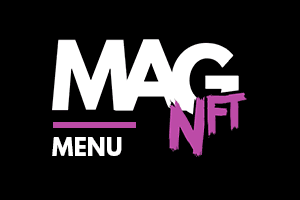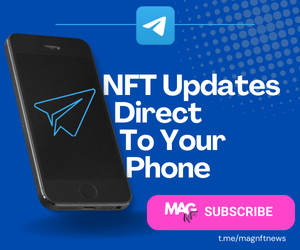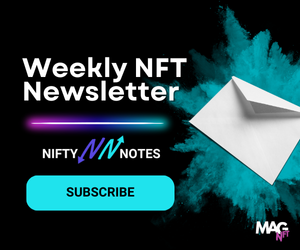GR1D has successfully completed the distribution of node licenses to early participants, marking a key milestone in the development of its decentralised compute network.
The node licenses, issued as non-transferable NFTs on the Arbitrum Sepolia testnet, provides participants with the opportunity to begin running nodes, which will generate rewards once the testnet is live.
As the project moves towards this next phase, participants are preparing for node activation, where uptime will directly influence the rewards they earn, eventually converting into the mainnet token, $GRID.
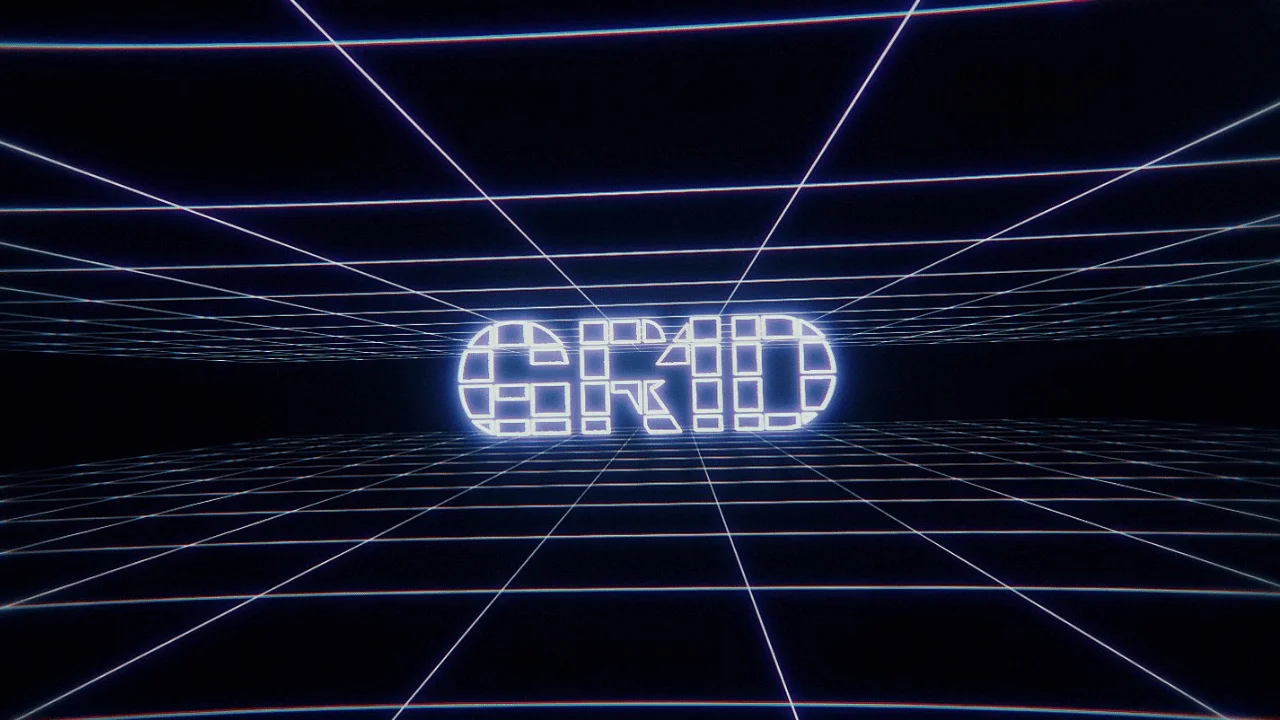
What is GR1D?
GR1D is a modular, multichain network designed to support the next generation of mass-market consumer applications.
The network is initially focused on gaming, recognising it as a mature entry point for consumer-facing blockchain adoption due to its active user base and familiarity with digital ownership.
The project’s long-term goal is to create a network where participants can earn rewards by providing computing resources, thus supporting a broad range of applications in the decentralised ecosystem.
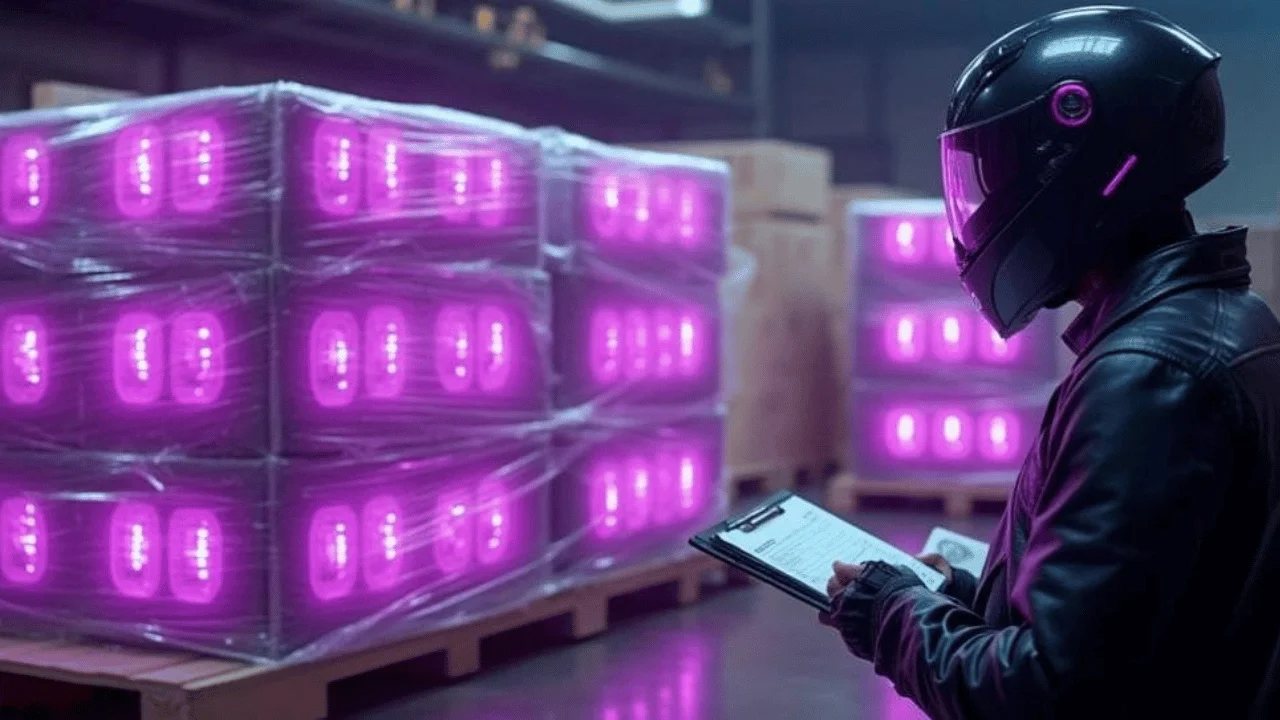
What does this mean for airdrop recipients?
The node licenses were airdropped to participants in the form of non-transferable NFTs on Arbitrum Sepolia, a testnet version of Arbitrum’s Layer 2 network.
To confirm receipt, participants need to add the Sepolia testnet to their wallet and search for their ETH address using the Arbitrum Sepolia NFT explorer. GR1D has provided clear guides to assist users with verifying their node licenses and preparing their wallets.
If participants do not see their expected license, they are instructed to contact GR1D’s support team on Discord for assistance.
For those who missed the initial node sale, the GR1D portal will remain open until April 30, 2025. Anyone purchasing a node license before this date will receive their supplemental airdrop of node licenses on April 30.

What’s next for GR1D?
Whilst the node licenses have been distributed, node activation will not occur immediately.
The GR1D team has emphasized that activation will be announced separately, with detailed instructions provided for participants on how to begin operating their nodes. Once nodes are activated, they will start earning xGRID, a token that can later be converted into $GRID upon the mainnet’s launch. The rewards are dependent on the uptime of each node, with continuous uptime unlocking a higher percentage of rewards.
Nodes that remain active from the start of the pre-TGE phase until the TGE will unlock 25% of their rewards early whilst nodes that are activated later or experience intermittent uptime will earn a smaller percentage initially, with the potential to receive the remaining rewards over the course of 24 months.
The project also offers several options for running a node, allowing participants to either self-host their nodes, delegate them to services like EaseflowHQ, or work with device partners such as DeEEPNetwork.
For now, the node licenses remain non-transferable for several months to ensure only those who have participated in the testnet phase can earn early-stage rewards.

Blockchain evangelist. Content creator & graphic design hobbyist. Loves gaming!
